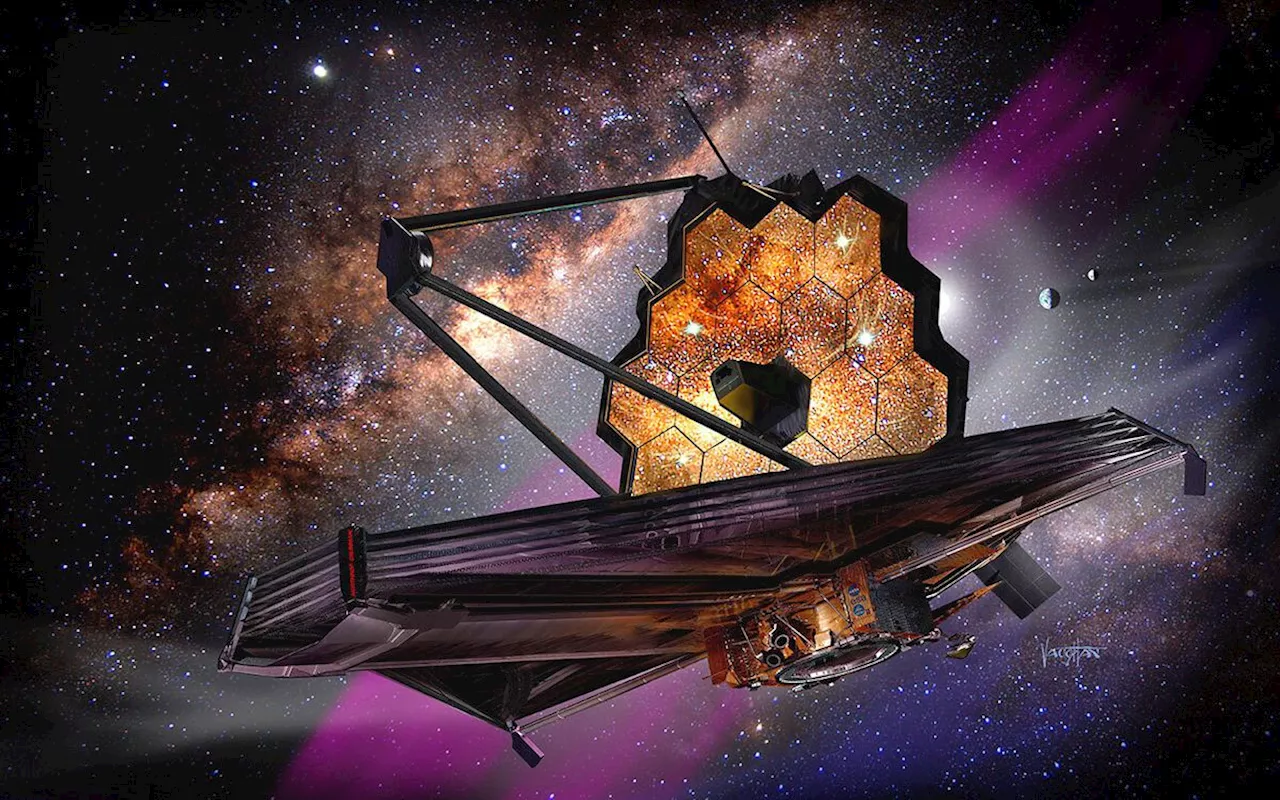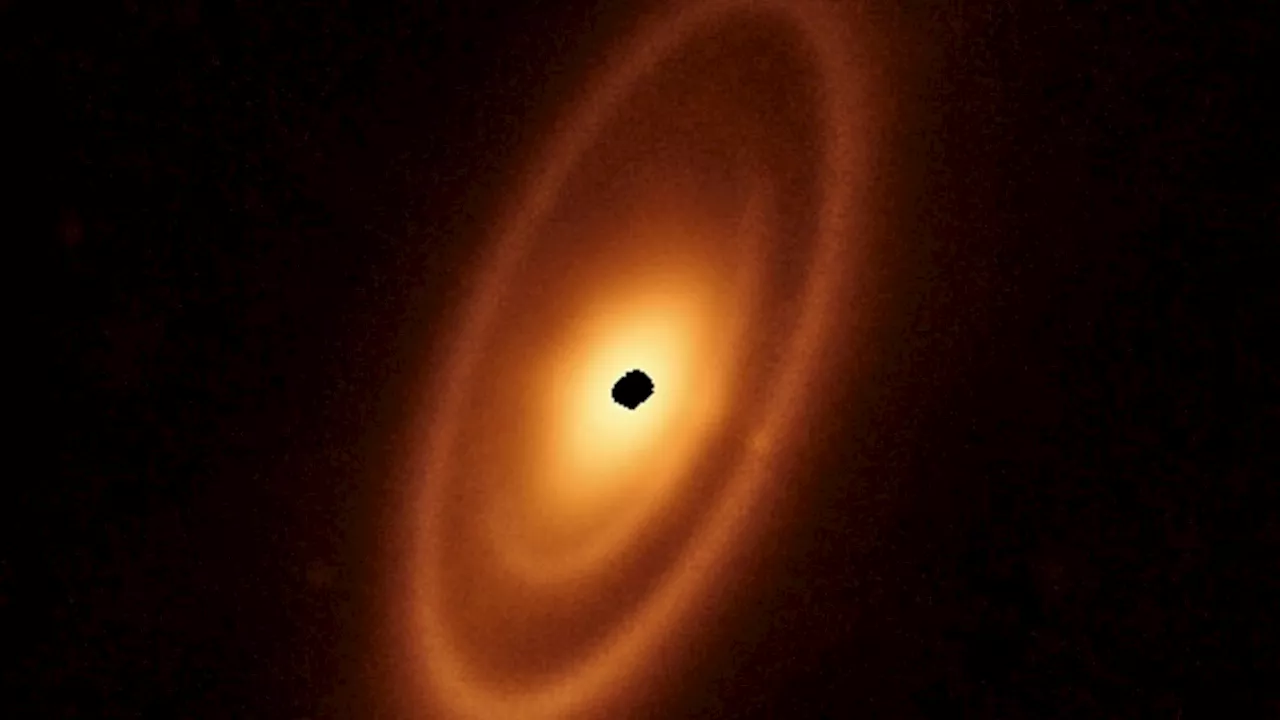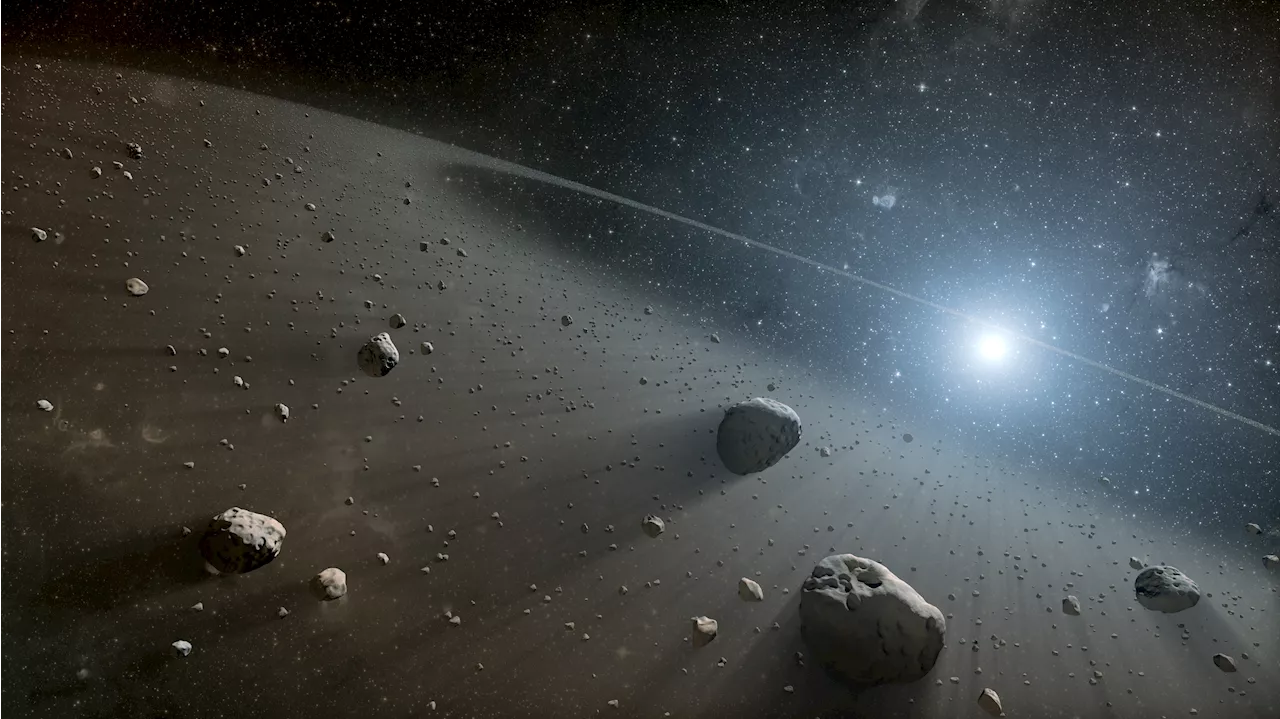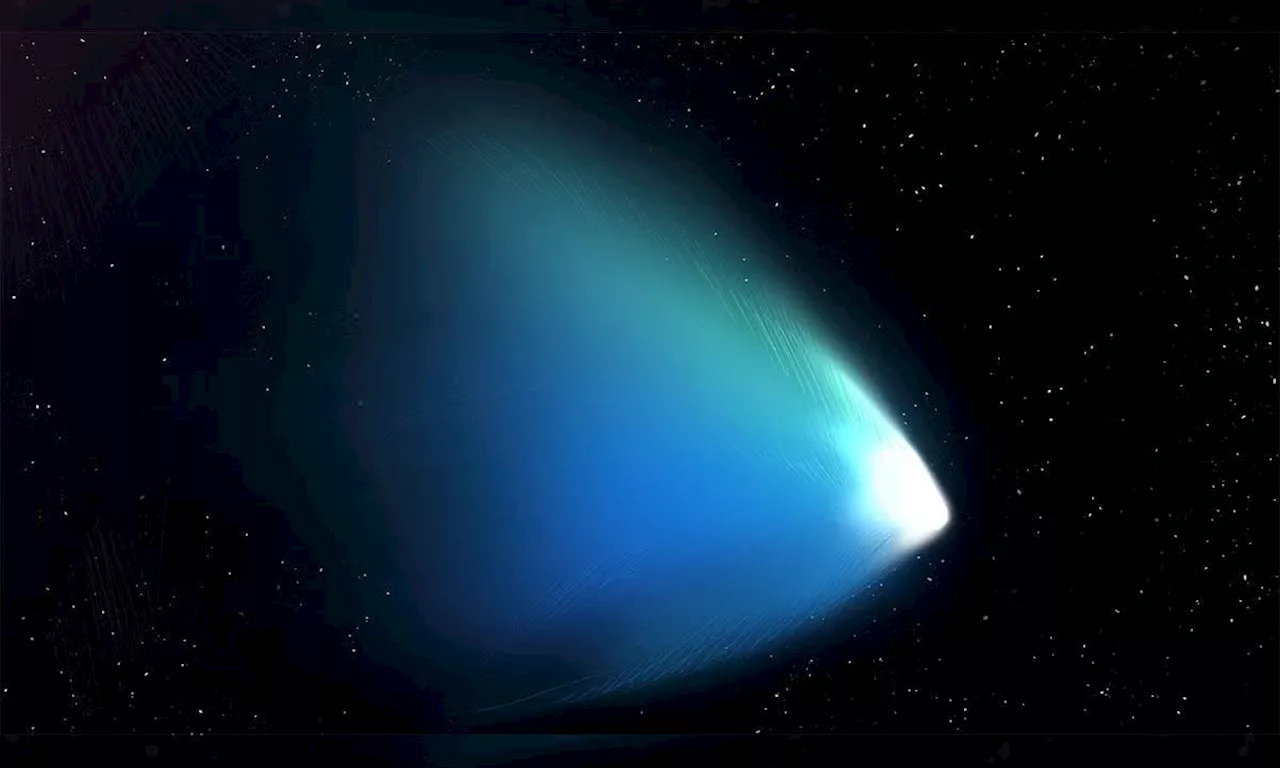Astronomers studying data from the James Webb Space Telescope have identified hundreds of intriguing objects called 'little red dots.' These compact, reddish objects appear in the early universe and exhibit unusual light signatures. Analysis suggests they may be the building blocks of galaxies and black holes, offering insights into early universe evolution.
A team of astronomers has made a significant discovery while studying data from the James Webb Space Telescope (JWST). They have analyzed hundreds of enigmatic objects known as 'little red dots,' which have puzzled astronomers since their initial detection. These objects, as their name suggests, appear as compact, reddish dots in the early universe. Their unusual light signatures have defied easy explanation, leading to much speculation about their nature.
The researchers, who sifted through JWST data from various surveys, including CEERS, JADES, and NGDEEP, found that these 'little red dots' are extremely common in the early universe, appearing roughly 600 million years after the Big Bang and then fading away by about 1.5 billion years ago. A closer examination of a subset of these objects revealed intriguing light signatures suggesting the presence of hot gas spiraling into a growing black hole. This finding has led astronomers to propose that these 'little red dots' might be the building blocks of the massive galaxies and supermassive black holes we observe today.The JWST's unprecedented ability to detect faint objects has allowed astronomers to peer back into the early universe and uncover these fascinating phenomena. While some astronomers continue to debate the true nature of 'little red dots,' the prevailing hypothesis suggests that they represent the nascent stages of galaxy and black hole formation. This discovery sheds light on the processes that shaped the early universe and the evolution of galaxies over billions of years
JAMES WEBB SPACE TELESCOPE GALAXY FORMATION BLACK HOLES EARLY UNIVERSE LITTLE RED DOTS
United States Latest News, United States Headlines
Similar News:You can also read news stories similar to this one that we have collected from other news sources.
 James Webb Space Telescope quiz: How well do you know the world's most powerful telescope?Ian is a freelance science and technology writer, and formerly the Tech and Entertainment Editor at Live Science & Space.com. With a degree in biology, a PhD in chemistry, and his previous role at Institute of Physics Publishing, Ian is taking a world tour through the different scientific disciplines.
James Webb Space Telescope quiz: How well do you know the world's most powerful telescope?Ian is a freelance science and technology writer, and formerly the Tech and Entertainment Editor at Live Science & Space.com. With a degree in biology, a PhD in chemistry, and his previous role at Institute of Physics Publishing, Ian is taking a world tour through the different scientific disciplines.
Read more »
 James Webb Telescope Reveals Surprising Insights into the Early UniverseThe James Webb Space Telescope is pushing the boundaries of our understanding of the early universe with its observations of unexpectedly large and bright galaxies. These findings challenge existing models of galaxy formation and raise intriguing questions about the Hubble tension, the discrepancy in measurements of the universe's expansion rate.
James Webb Telescope Reveals Surprising Insights into the Early UniverseThe James Webb Space Telescope is pushing the boundaries of our understanding of the early universe with its observations of unexpectedly large and bright galaxies. These findings challenge existing models of galaxy formation and raise intriguing questions about the Hubble tension, the discrepancy in measurements of the universe's expansion rate.
Read more »
 James Webb Telescope Reveals Hidden Asteroid BeltThe James Webb Space Telescope, while primarily designed to study distant galaxies and planets, has unexpectedly proven to be adept at detecting asteroids, even the smallest ones.
James Webb Telescope Reveals Hidden Asteroid BeltThe James Webb Space Telescope, while primarily designed to study distant galaxies and planets, has unexpectedly proven to be adept at detecting asteroids, even the smallest ones.
Read more »
 James Webb Telescope Reveals Unique Chemistry of Space Centaur ChironUCF researchers used the James Webb Space Telescope to study the surface chemistry of (2060) Chiron, a celestial object that orbits between Jupiter and Neptune, revealing unique properties compared to other centaurs.
James Webb Telescope Reveals Unique Chemistry of Space Centaur ChironUCF researchers used the James Webb Space Telescope to study the surface chemistry of (2060) Chiron, a celestial object that orbits between Jupiter and Neptune, revealing unique properties compared to other centaurs.
Read more »
 James Webb Space Telescope Reveals New Population of Small AsteroidsThe James Webb Space Telescope has been used to discover 138 new asteroids in the main asteroid belt, ranging in size from a bus to a stadium. This discovery provides valuable insights into the formation and evolution of asteroids, as well as the potential risks posed by near-Earth asteroids.
James Webb Space Telescope Reveals New Population of Small AsteroidsThe James Webb Space Telescope has been used to discover 138 new asteroids in the main asteroid belt, ranging in size from a bus to a stadium. This discovery provides valuable insights into the formation and evolution of asteroids, as well as the potential risks posed by near-Earth asteroids.
Read more »
 James Webb Telescope Reveals 'Oddball' Space Rock With Comet and Asteroid TraitsNew observations from the James Webb Space Telescope (JWST) provide scientists with a deeper understanding of (2060) Chiron, a hybrid space rock exhibiting characteristics of both comets and asteroids. The telescope detected frozen carbon dioxide and carbon monoxide in Chiron's icy nucleus, along with carbon dioxide and methane in its surrounding gas cloud. These findings could shed light on the formation and evolution of comets and centaurs, celestial bodies with properties of both asteroids and comets, offering insights into the early solar system.
James Webb Telescope Reveals 'Oddball' Space Rock With Comet and Asteroid TraitsNew observations from the James Webb Space Telescope (JWST) provide scientists with a deeper understanding of (2060) Chiron, a hybrid space rock exhibiting characteristics of both comets and asteroids. The telescope detected frozen carbon dioxide and carbon monoxide in Chiron's icy nucleus, along with carbon dioxide and methane in its surrounding gas cloud. These findings could shed light on the formation and evolution of comets and centaurs, celestial bodies with properties of both asteroids and comets, offering insights into the early solar system.
Read more »
